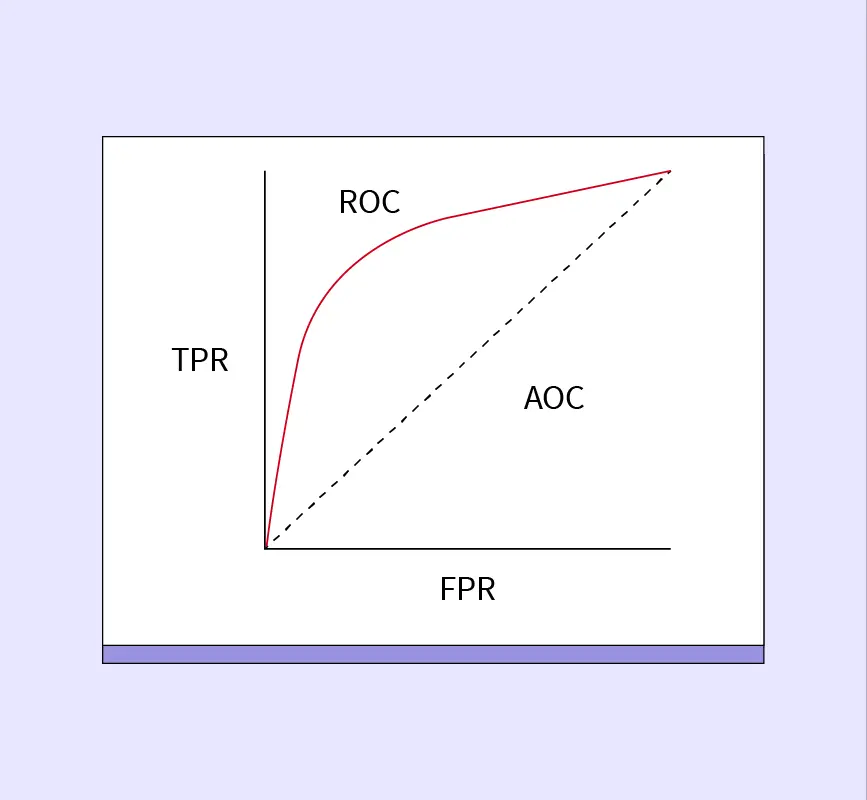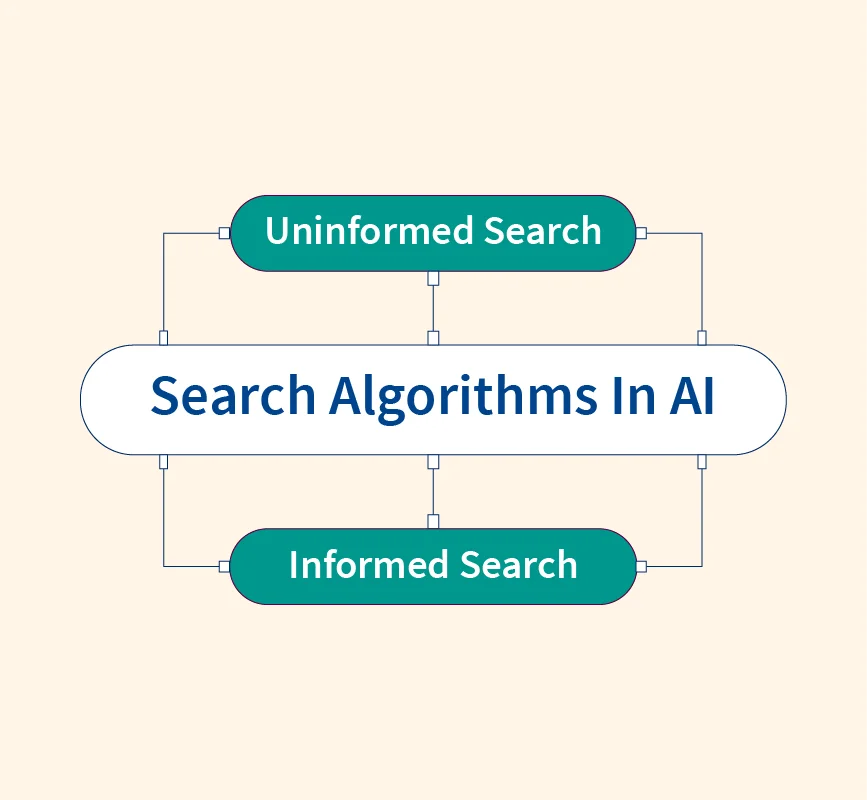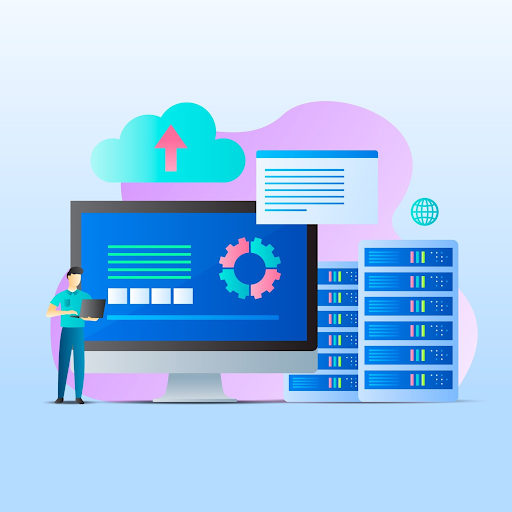Designing a learning system in machine learning involves creating a framework where models can learn from data and improve over time. These systems play a vital role in enabling intelligent decision-making with minimal human intervention. The goal is to generalize from training data to unseen data effectively, ensuring robust and scalable performance. This article delves into the steps, components, and best practices for designing efficient learning systems in machine learning.
Understanding Learning Systems in Machine Learning
A learning system in machine learning refers to a structured framework that enables machines to learn from data, recognize patterns, and make informed decisions with minimal human guidance. These systems are at the core of artificial intelligence, allowing models to adapt and improve as they process more data.
Components of a Learning System:
- Data Input: The raw or preprocessed data fed into the system serves as the foundation for training the model. Quality and quantity of data significantly impact the system’s performance.
- Learning Algorithm: The core engine that drives the learning process. Algorithms like Linear Regression, Neural Networks, and Decision Trees are tailored to solve specific problems and optimize model performance.
- Model Output: After training, the system generates predictions, classifications, or recommendations based on the input data. This output is continuously refined through iterative learning.
- Feedback Mechanism: A critical component ensuring improvement, feedback compares predictions with actual results, helping the system adjust and reduce errors. This iterative loop enables the model to learn and adapt.
By harmonizing these components, learning systems create a dynamic process that bridges raw data and actionable insights, forming the backbone of modern AI applications.
Key Steps in Designing a Learning System
Designing a learning system in machine learning is a multi-step process that ensures the system is effective, efficient, and adaptable to real-world challenges. Each stage builds on the previous one to create a robust framework.
Step 1: Defining the Problem and Objectives
The foundation of a learning system begins with a clear problem definition. Start by identifying the type of task the system aims to solve, such as classification (e.g., predicting whether an email is spam), regression (e.g., forecasting sales figures), or clustering (e.g., customer segmentation). Alongside the task, define measurable performance objectives using metrics like accuracy, precision, recall, or F1-score. These metrics act as benchmarks to assess the system’s success and align its outcomes with organizational goals.
Step 2: Data Collection and Preparation
Data is the backbone of any learning system. Collecting and preprocessing high-quality, relevant data is critical for the system’s success.
- Data Gathering: Data can come from databases, APIs, or real-time sensors. For instance, financial forecasting may rely on stock market data, while medical systems use patient records.
- Data Preprocessing: Raw data often contains inconsistencies, missing values, and outliers. Use techniques like imputation to handle missing values and normalization to scale features. Data cleaning ensures the dataset is ready for training, minimizing errors caused by poor-quality data.
Step 3: Choosing the Training Experience
Decide on the type of training experience based on the problem and the nature of the data:
- Supervised Learning: Best for tasks where labeled data is available, such as predicting loan defaults.
- Unsupervised Learning: Suitable for uncovering hidden patterns in unlabeled data, such as clustering customers.
- Reinforcement Learning: Ideal for dynamic environments like robotics or gaming, where the system learns through trial and error.
Step 4: Selecting the Target Function
The target function defines the relationship between inputs (features) and desired outputs (predictions). For instance, a target function for a loan approval model might map customer income and credit history to a binary decision (approve or deny). Clearly defining this function ensures the algorithm focuses on the right outcomes during training.
Step 5: Choosing a Representation for the Target Function
Choosing the appropriate representation for the target function depends on the problem’s complexity and data characteristics:
- Decision Trees: Effective for hierarchical decision-making tasks.
- Neural Networks: Suitable for handling non-linear relationships in large, complex datasets.
- Linear Models: Best for interpretable, straightforward problems.
This step requires balancing model complexity with interpretability and computational efficiency.
Step 6: Selecting a Function Approximation Algorithm
Select a learning algorithm that effectively approximates the target function. Examples include:
- Gradient Descent: Common in training neural networks for minimizing error.
- Support Vector Machines (SVM): Used for classification tasks requiring clear decision boundaries.
- K-Means Clustering: Effective for grouping data points in unsupervised learning scenarios.
The algorithm choice must align with the problem type, data characteristics, and performance objectives.
Step 7: Training the Model
Train the chosen model using the prepared data. This involves:
- Iteratively feeding the data into the algorithm.
- Adjusting model parameters to minimize errors using techniques like backpropagation in neural networks.
- Monitoring the training process to avoid issues like overfitting, which occurs when the model performs well on training data but poorly on unseen data.
Step 8: Evaluating Model Performance
Evaluating the model ensures it generalizes well to new data. Use techniques such as:
- Validation Splits: Dividing the data into training, validation, and test sets.
- Cross-Validation: Techniques like k-fold cross-validation provide a more robust evaluation by rotating the training and testing datasets.
- Analyze metrics such as:
- Accuracy for classification tasks.
- Mean Squared Error (MSE) for regression problems.
- ROC-AUC for binary classification performance.
This evaluation process identifies weaknesses in the model, guiding further refinement.
Step 9: Iterative Refinement
Refining the model is a continuous process aimed at improving its performance:
- Hyperparameter Tuning: Adjust parameters like learning rate, depth of decision trees, or the number of layers in neural networks.
- Retraining with Updated Data: Incorporate new or additional data to enhance the model’s understanding of the problem domain.
- Reevaluating Performance: Regularly assess the model using updated validation datasets to ensure consistent improvements.
This iterative cycle ensures the learning system evolves, adapting to changing data and requirements while achieving optimal performance.
Best Practices in Designing Learning Systems
Designing effective learning systems in machine learning requires adhering to best practices that ensure long-term functionality, scalability, and ethical integrity:
- Scalability: Build systems capable of accommodating growing data volumes and increased complexity without compromising performance. Use cloud-based solutions and distributed computing frameworks to support scalability.
- Maintainability: Prioritize modular and clean designs that allow for easy updates and integration of new features. This includes clear documentation, reusable code, and well-structured pipelines for smooth adaptation to evolving requirements.
- Ethical Considerations: Incorporate fairness and bias mitigation techniques during data preprocessing and model training. Ensure transparency in decision-making processes and adhere to ethical guidelines to maintain trust and integrity in system outputs.
Conclusion
Designing a learning system in machine learning requires a structured approach to ensure effectiveness and efficiency. By carefully defining the problem, preparing data, selecting appropriate algorithms, and iteratively refining models, organizations can build robust systems that deliver accurate and meaningful results. Adopting best practices further enhances scalability, maintainability, and ethical compliance, paving the way for impactful machine learning solutions.
References:


